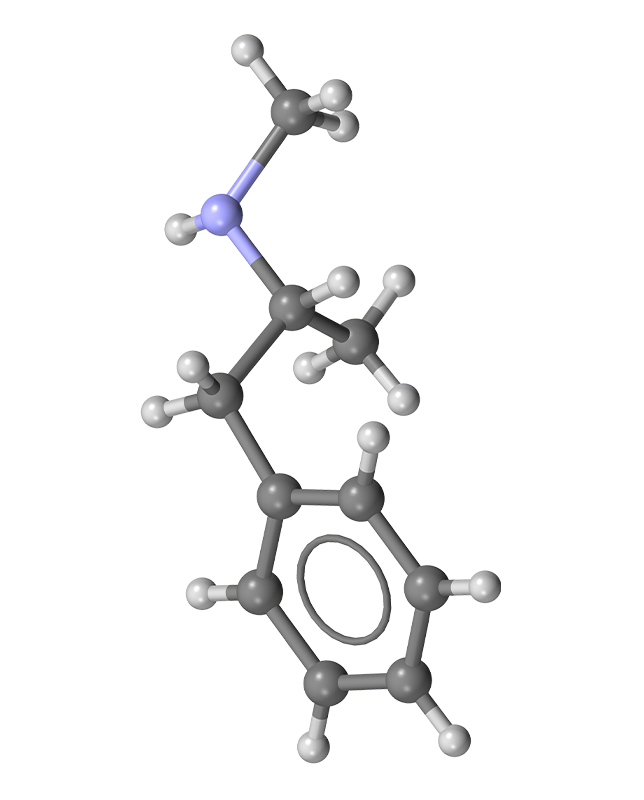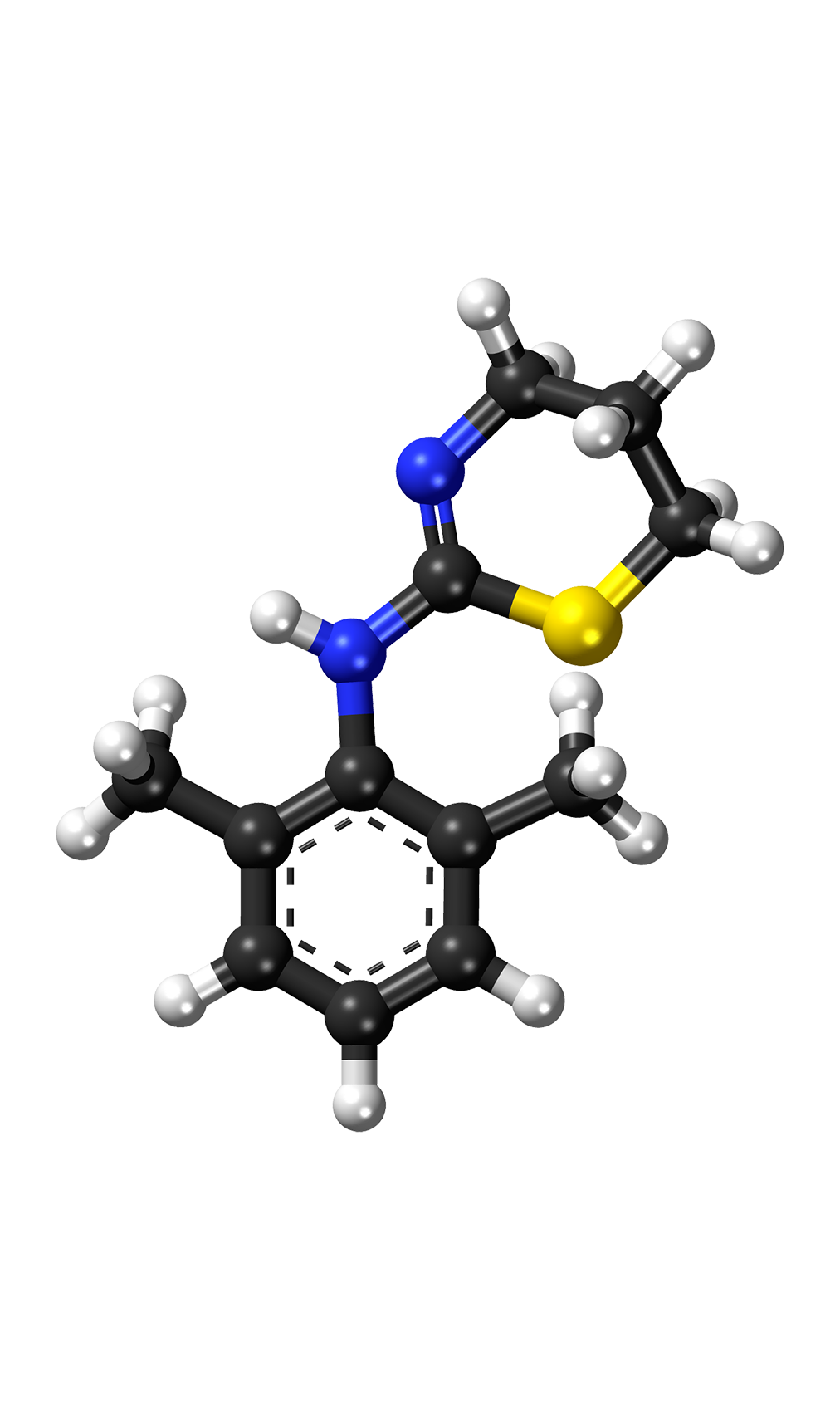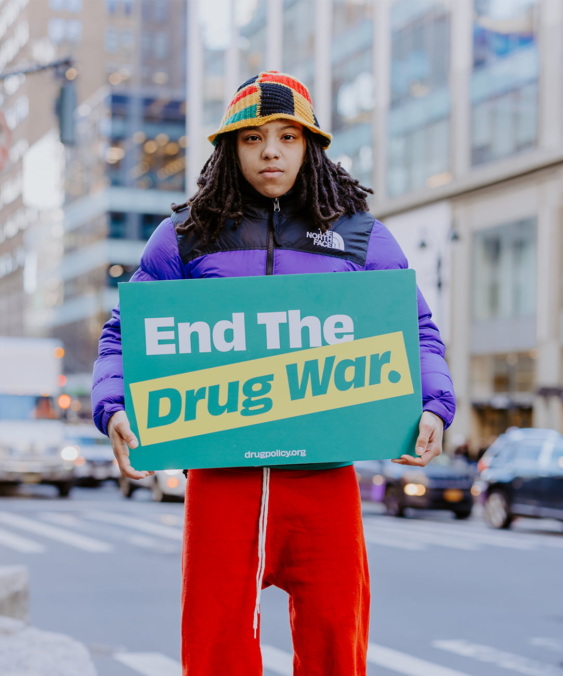
Can you become addicted to methamphetamine (meth) after using it for the first time?
No, you cannot become addicted to methamphetamine or any drug after using it only one time.
Addiction and substance use disorder
A person only meets the criteria for a substance use disorder if, over the course of several months, they continue to use a drug repeatedly despite experiencing numerous harms and negative consequences.


